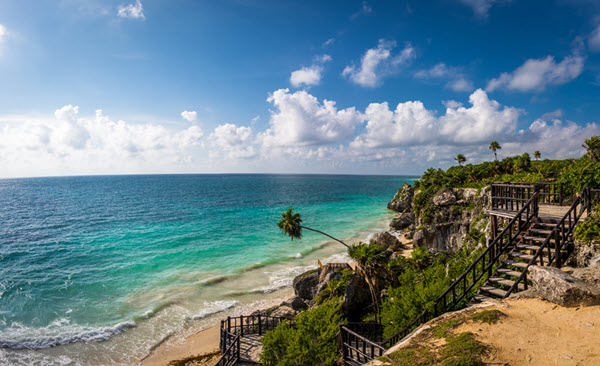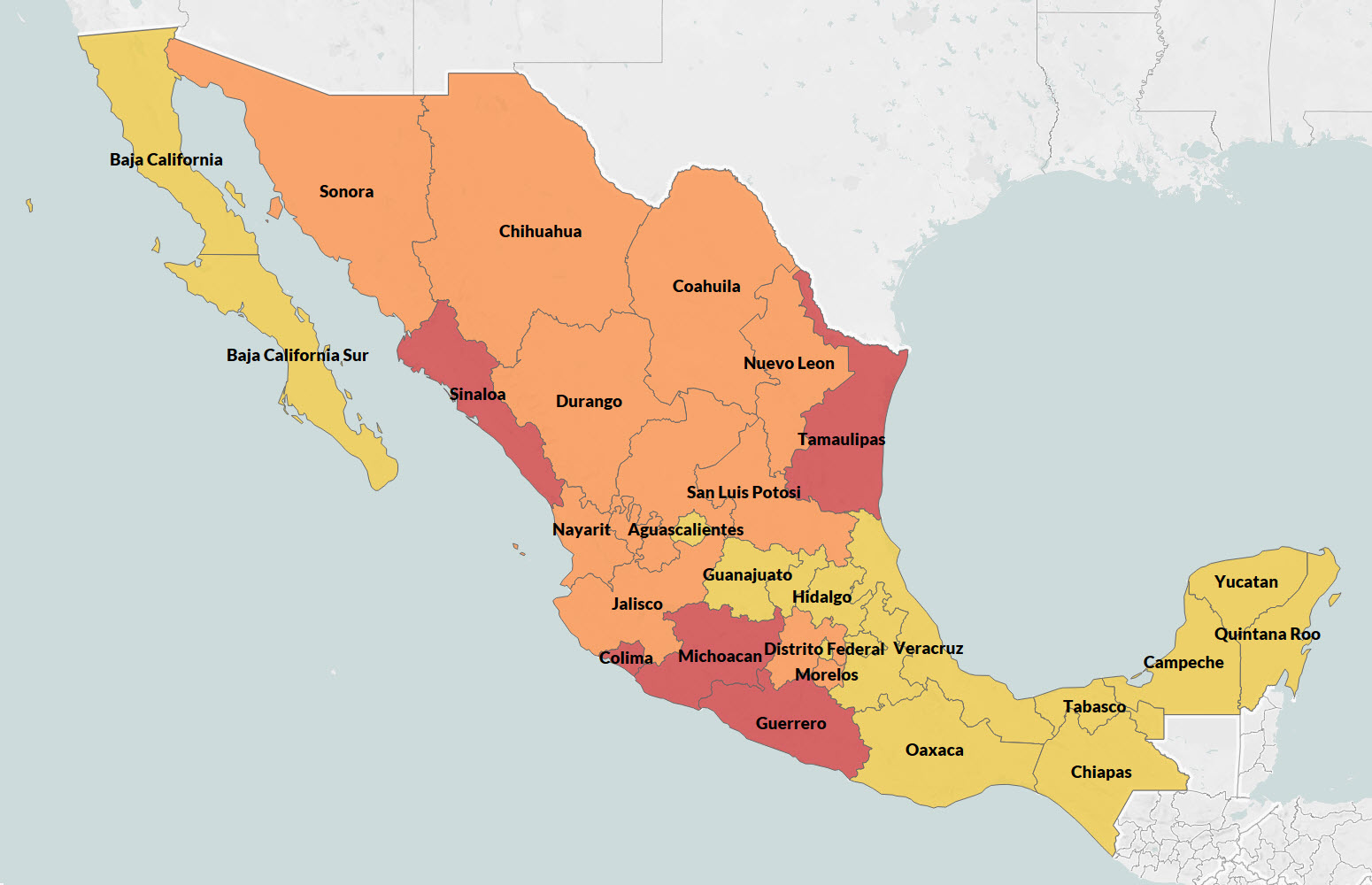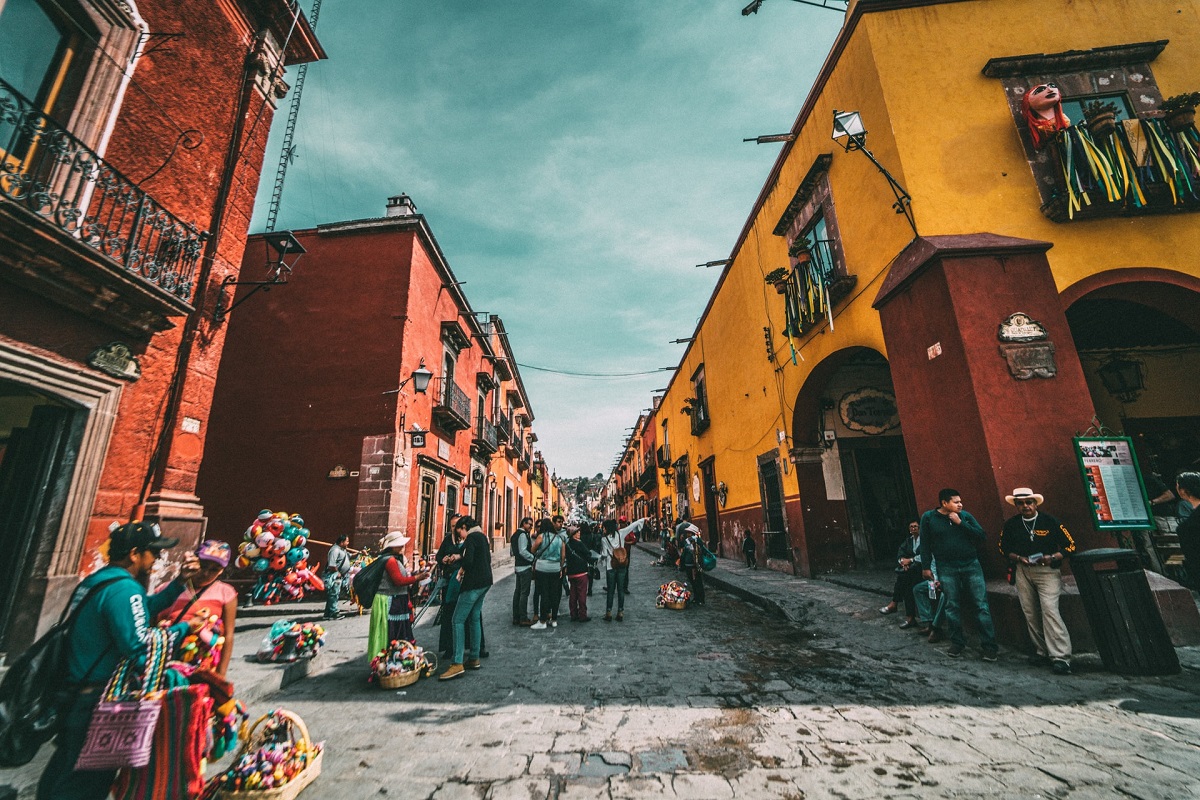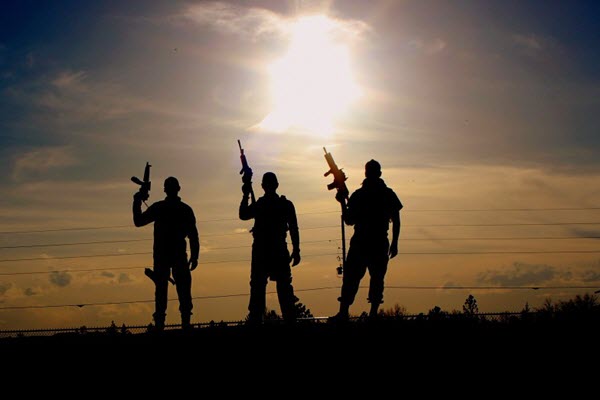Introduction
Mexico continues to captivate travelers with its vibrant festivals, world-class cuisine, ancient ruins, and idyllic beaches. However, its rising levels of violent crime—including armed robbery, carjacking, kidnapping, and homicide—have raised valid safety concerns.
With an increasingly complex security landscape, many tourists are asking: Is it still safe to travel to Mexico in 2025?
Understanding the Risks: A Snapshot of Crime in Mexico
Due to its geographic position just south of the U.S. border, Mexico remains a critical trafficking hub for powerful criminal cartels smuggling marijuana, heroin, cocaine, and synthetic drugs into the United States. Inside Mexico, cartel rivalries often erupt into violent confrontations, making certain areas highly dangerous for travelers.
If you inadvertently travel through one of these hotspots, you could be at risk of kidnapping, extortion, or worse. Understanding where and how these risks manifest is essential for staying safe.
The State Department’s travel advisory rating is based on the increased crime and kidnapping risk in Mexico, as well any pandemic disease outbreaks.
U.S. State Department Travel Advisory for Mexico
The US State Department has issued a Level 3 travel advisory to individuals traveling to Mexico. Here’s what the different travel advisory levels mean.
US Department of State Travel Advisory Levels
| LEVEL 1 - Exercise normal precautions | This represents the lowest level of security and safety risk. |
| LEVEL 2 - Exercise increased caution | This level requires travelers to be aware of heightened security and safety risks in those particular territories. |
| LEVEL 3 - Reconsider travel | This level represents serious security and safety risks; the US Department of State urges travelers to reconsider travel to areas classified as such. |
| LEVEL 4 - Do not travel | This level represents the highest risk level; individuals traveling to these countries face higher-than-average, life-threatening risks to their security and safety. |
But the threat level varies depending on which part of the country you travel to. Here’s a breakdown of specific regions to avoid.
Places in Mexico to Avoid at All Costs (Level 4)
Below is a list of the regions within Mexico that the State Department has issued a Level-4 do-not-travel advisory due to the high crime and kidnapping risk in those areas.
- Colima state – Jalisco New Generation Cartel (CJNG) operates openly in this small Mexican state with are frequent clashes with rival cartels; Manzanillo and Tecoman are particularly violent with frequent cartel gun battles.
- Guerrero state – Militant groups and cartels control roads near Acapulco and Chilpancingo; extortion, kidnapping, and shootouts are common
- Michoacán state – Ongoing confrontations between CJNG and community militias; travelers risk being caught in road ambushes.
- Sinaloa state – Home base of the Sinaloa Cartel; high-profile assassinations and vehicle hijackings regularly occur.
- Tamaulipas state – One of the recently most dangerous regions; travelers report kidnappings, armed robberies, and enforced disappearances.
- Zacatecas state – Now classified as Level 4 due to an alarming rise in violence. The state is a battleground between the CJNG and Sinaloa Cartel, with daily gunfights, kidnappings, and gruesome displays of cartel violence including public executions and body dumps. Local authorities struggle to maintain order, and multiple municipalities are effectively under cartel control.
Where to Reconsider Travels (Level 3)
The following regions within Mexico have a Level-3 reconsider-travel advisory due to the high reported crime rates.
- Baja California – Particularly in Tijuana and Mexicali, high levels of cartel-related violence, targeted killings, and robberies persist. Turf wars between rival groups like the Sinaloa Cartel and CJNG have resulted in frequent shootings and targeted assassinations. The state also sees elevated reports of carjackings and attacks against tourists traveling by road.
- Chihuahua state – Drug trafficking routes spur violent clashes, particularly in Ciudad Juárez and the Sierra Tarahumara region.
- Durango state – Remote rural zones experience criminal control; attacks on motorists have been documented.
- Jalisco state – CJNG activity extends throughout Guadalajara and Puerto Vallarta; recent drone attacks and roadblocks have been reported.
- Morelos state – Assassinations and extortion schemes plague areas around Cuernavaca.
- Sonora state – Many international human-trafficking and drug-smuggling networks use the state as a key location for their operations. There are ongoing conflicts between rival cartels near the U.S. border; heavy presence of organized crime groups.
What About Other Regions in Mexico?
Violent crimes such as robbery, carjacking, kidnapping, and homicide are widespread in all parts of the country, and are reflected in the interactive travel advisory map. The states we’ve listed above simply have much higher crime rates. They pose a higher risk to your security and safety.
Keep in mind, as well, that the US government cannot offer emergency services to its citizens traveling to or residing in various high/medium risk areas in Mexico. This is because travel to these crime zones by US government personnel is significantly restricted or prohibited entirely by the Mexican government.
This means that if you travel to these states, you’re pretty much on your own. The next best option would be to enlist the help of private security personnel who are well-versed in search, rescue, and evacuation activities in high-risk zones.
How Safe Is Cancun in 2025?
Cancun remains one of Mexico’s most popular tourist destinations. With its turquoise beaches and vibrant nightlife, it’s also a growing hub for cartel operations due to increased drug trafficking linked to tourism.
While not as crime-ridden as other states, Cancun has witnessed a slow rise in cartel activity. Past reports of American tourists being kidnapped en route to or from resort zones emphasize the need for vigilance.
Just a few years ago, a military base was set up in Cancun to curb the rising number of homicides in the region. However, more often than not, this brand of Mexican violence is usually gang-related and not necessarily targeted at foreign nationals or tourists. While there is still the possibility of getting caught up in the crossfire, Cancun, for the most part, has not had any significant travel advisories from the US, UK, or any other government.
However, if you are wealthy, the threat of kidnapping is significantly higher and you should strongly consider traveling with an executive protection detail that has experience operating in this region of the world.

Are wealthy travelers at greater risk?
Yes-particularly if traveling by private aircraft. Cartel spotters at Mexican airfields often identify passengers flying private as high-value targets for kidnapping and ransom.
Behaviors that Increase Risk Factors for Wealthy Travelers:
- Traveling via private jet or yacht
- Staying in ultra-luxury resorts
- Traveling without a private security detail
- Excessive alcohol consumption that compromises awareness
Key Recommendation: Always fly with a professional close protection team familiar with Mexican cartel tactics and terrain.
Is It Safe to Travel to Cabo San Lucas?
Cabo San Lucas and San Jose del Cabo form the Los Cabos region, a luxurious destination plagued by turf wars between rival cartels.
- In 2017, six bodies were hung from bridges just before Christmas
- Cartel battles occasionally spill over onto the beaches and hotels with heavy machine gun fire where many tourists vacation.
While the U.S. State Department rates Baja California Sur as Level 2 (exercise increased caution), high-profile incidents continue.
Increased Crime at Luxury Resorts
High-end properties like One & Only Palmilla and Villas Del Mar have experienced targeted theft by internal staff. Wealthy guests, particularly those without security details, have reported stolen jewelry, large amounts of cash, electronics, and luxury goods.
Those involved in this type of crime ring do not want to risk getting caught by hotel management and losing employment, so they target their victims based on a combination of the following factors:
- They identify and target guests who are wealthy. This is quickly and easily ascertained in observing the guest’s apparel, method of transportation (i.e. did the guest fly by private jet or yacht?), and spending behaviors.
- They target guests who are traveling without private security. Wealthy individuals who travel to Mexico with a private security detail are almost never targeted by cartels or crime rings. Many wealthy travelers are quite familiar with this fact when traveling to Mexico and travel regularly with a private security detail; however, there are far more out there that elect to travel without security. Criminals and cartels know that their chances of getting away with a crime is much higher on a soft target and focus their attentions there instead.
- Most importantly, they identify guests who drink a lot. This type of crime requires opportunity and a potential alibi. While the targeted guests are at the bar enjoying their vacation, cleaning staff that are a part of the theft ring are notified and proceed to the room to rifle through guests’ belongings. When the guests return inebriated that night or early morning to their rooms, pass out, and wake up the next day with less cash or missing valuables, many guests can’t remember what happened and, thus, chalk it up to an expensive mistake – never suspecting that their room was infiltrated by the very people that are supposed to be providing them with a luxury experience.
Is San Felipe Mexico Safe?
San Felipe, located in northern Baja California, is renowned for the Baja 500 & 1000 races. Despite its popularity, the town has seen cartel-related violence and protests against federal restrictions.
In 2019, there was a cartel attack on a naval base using heavy weapons. There is now an increased military presence in town. While this increases security in some ways, it also
- Sporadic homicides linked to local turf battles
Visitors should keep immigration documentation (FMM) on hand at all times and avoid venturing into non-tourist zones.
Increased Crime at Luxury Resorts
High-end properties like One & Only Palmilla and Villas Del Mar have experienced targeted theft by internal staff. Wealthy guests, particularly those without security details, have reported stolen jewelry, large amounts of cash, electronics, and luxury goods.
Those involved in this type of crime ring do not want to risk getting caught by hotel management and losing employment, so they target their victims based on a combination of the following factors:
- They identify and target guests who are wealthy. This is quickly and easily ascertained in observing the guest’s apparel, method of transportation (i.e. did the guest fly by private jet or yacht?), and spending behaviors.
- They target guests who are traveling without private security. Wealthy individuals who travel to Mexico with a private security detail are almost never targeted by cartels or crime rings. Many wealthy travelers are quite familiar with this fact when traveling to Mexico and travel regularly with a private security detail; however, there are far more out there that elect to travel without security. Criminals and cartels know that their chances of getting away with a crime is much higher on a soft target and focus their attentions there instead.
- Most importantly, they identify guests who drink a lot. This type of crime requires opportunity and a potential alibi. While the targeted guests are at the bar enjoying their vacation, cleaning staff that are a part of the theft ring are notified and proceed to the room to rifle through guests’ belongings. When the guests return inebriated that night or early morning to their rooms, pass out, and wake up the next day with less cash or missing valuables, many guests can’t remember what happened and, thus, chalk it up to an expensive mistake – never suspecting that their room was infiltrated by the very people that are supposed to be providing them with a luxury experience.
Other Security Concerns: Femicide
Mexico faces a tragic femicide crisis. Approximately 10 women are murdered daily, with many cases going uninvestigated or misclassified. Brutal methods include:
- Stabbing
- Suffocation
- Drowning
- Strangulation
U.S. citizens, particularly women, should avoid traveling alone and consider hiring private security, especially in high-alert states.
Final thoughts: Should you travel to Mexico?
Is it safe to travel to Mexico? The answer depends on where you’re going and how prepared you are. Tourist hotspots like Cancun and Cabo may be safer than cartel-dominated states, but risks still exist—especially for wealthy or unprotected travelers.
Takeaways:
- Stick to tourist zones
- Avoid Level-3 and Level-4 advisory areas
- Use professional executive protection services when traveling privately or to high-risk areas
Need help? Contact us for a free private security consultation tailored to your Mexico travel plans.





